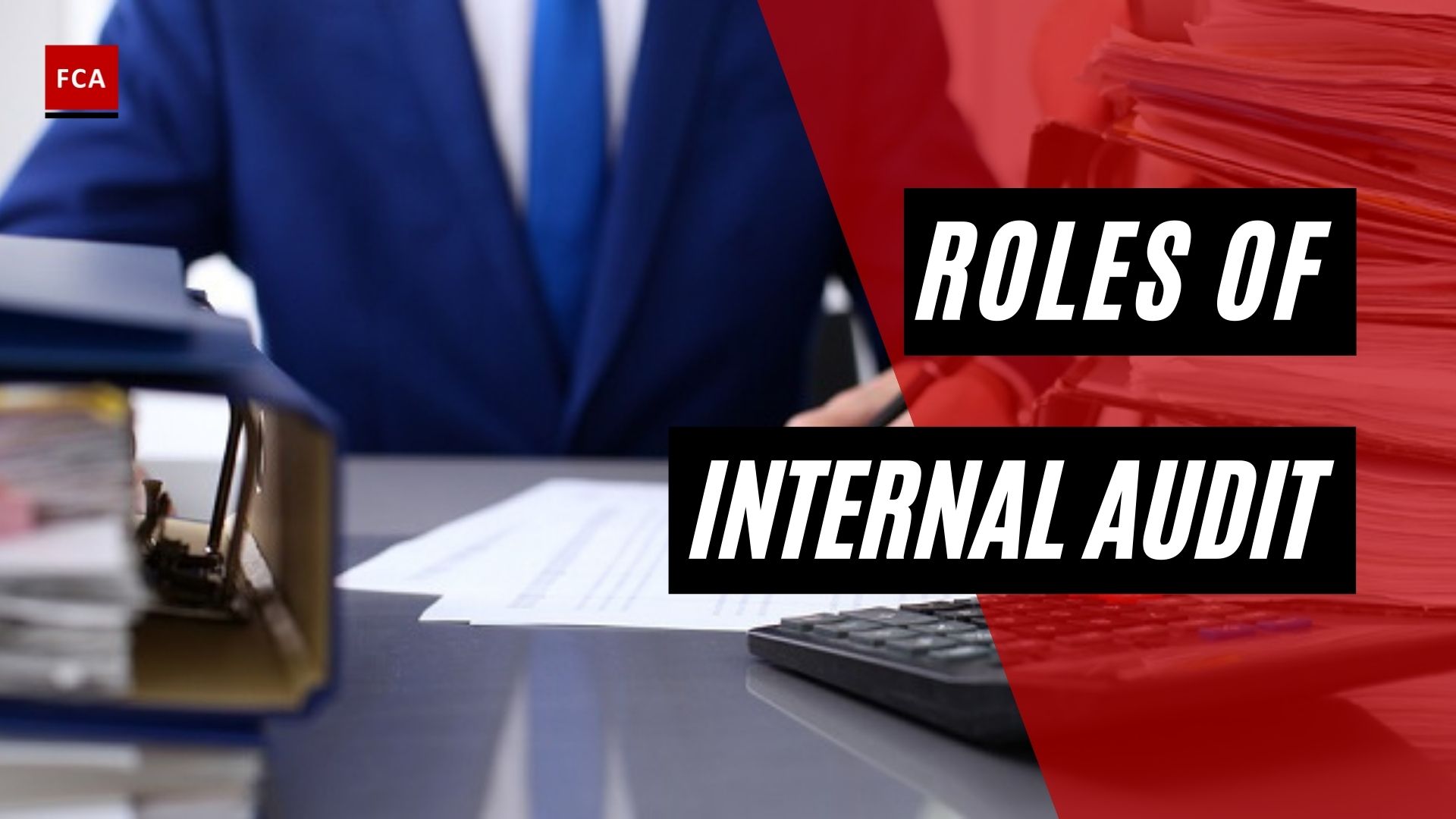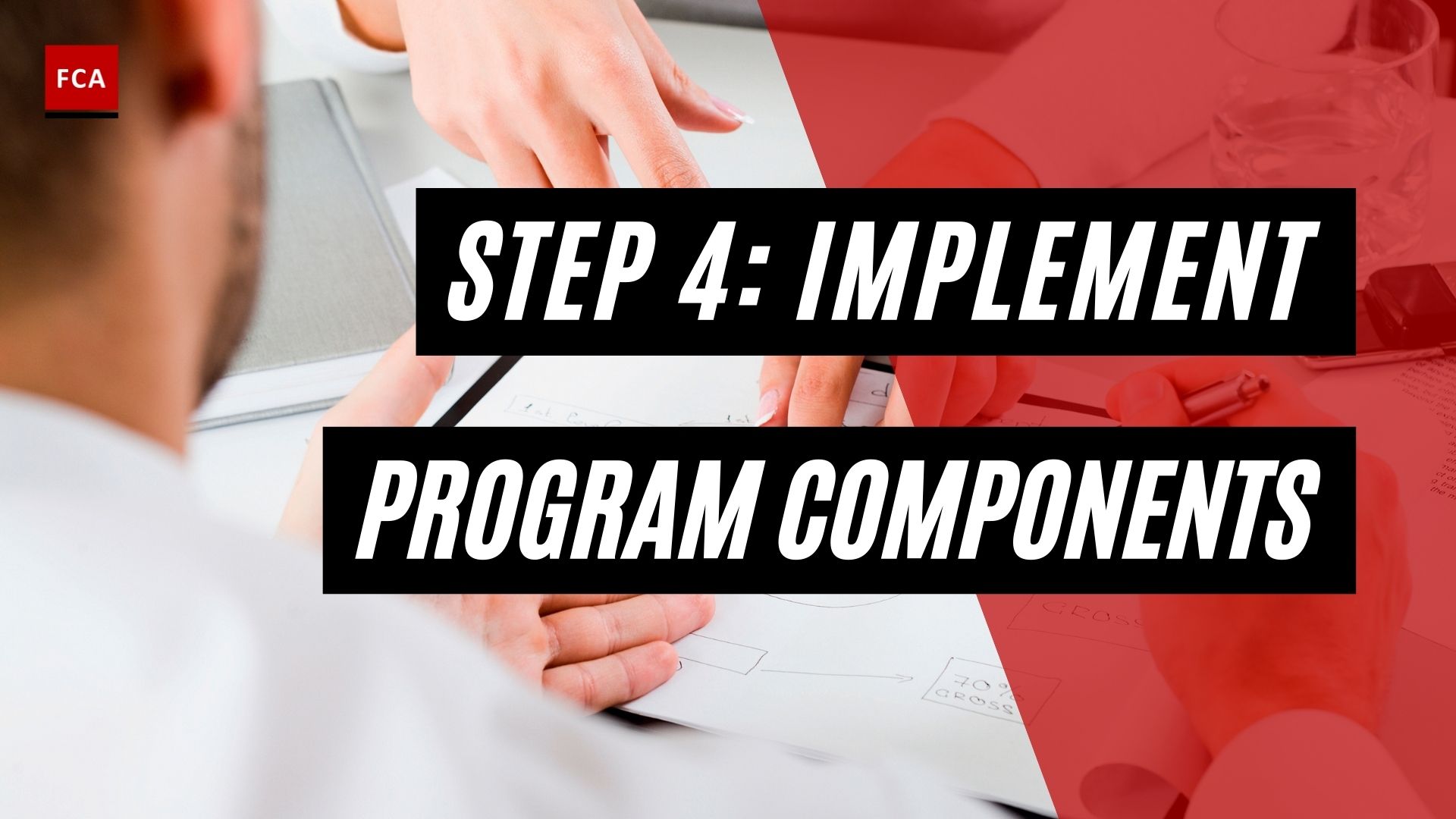The fraud indicators serve as the signals for the organizations or fraud monitoring team, which enable them to take corrective actions to prevent the occurrence of fraud. This article elaborates on ‘What Is A Fraud Indicator’.
In an organization, internal fraud can be performed by any employee, from an entry level to a senior position. There is a few recognized warning signs or ‘red flags‘ which could indicate that an employee is engaged in a fraudulent activity.
Why Fraud Indicators are important?
Internal fraud has been a huge issue for organizations and are usually provoked by one of four situations:
- Opportunistic crime: where fraud is committed for personal gain or benefit.
- Lack of corporate ethic: some organizations, low-level fraud such as inflation of expenses claims, may appear to be allowed by both employee and employer.
- A recruited criminal: some individuals seek employment with the conscious intent of defrauding their employer or gathering intellectual properties.
- Employee intimidation: a possible reason is, a staff member or and employee may be intimidated by organized crime to directly participate in frauds or to provide information on customer accounts in order to assist other attempts of fraud. Harming of family or friends is a common threat for intimidation.
Fraud indicators help identify these triggers, which should then be addressed as part of a robust anti-fraud strategy.
Fraud indicators checklist
Dos:
- Analyze the ‘red flag’ and consider how they may apply to your organization.
- Use ‘red flags’ in concurrence with broader risk management.
- Consider changes in business activities and/or procedures that may open up new potential fraud risks.
- Involve employees in identifying and discussing fraud risks and how to prevent it from occurring.
- Educate all employees and increase awareness of fraud indicators.
- Carry out systems and processes for detecting the early warning signs of fraud.
- Set up a reliable mechanism for the employees to report suspicions of fraud.
- Encourage an open culture where the reporting of genuine suspicions is accepted.
- Be vigilant to possible conspiracy between employees and third parties.
- Secure a regular monitoring of compliance with fraud prevention and detection policies.
- Have a response plan which outlines the policies and procedures to follow in the event of a fraud.
Do nots:
- Ignore ‘red flags’. Some industries and/or activities are exposed to a specific fraud risk. Make sure that any risks are adequately addressed
- Act too rapidly. These are only indicators of potential fraudulent activities – not proof.
- Overlook petty and jokey reporting by employees.
Red flag indicators
Behavioral – Some employees that are excessively secretive in relation to their work, employees with a sudden change of lifestyle and social circle. Those who are seen under apparent stress without identifiable pressure are some of the behavioral red flag indicator that should not be overlooked.
Financial – Employees that only do cash transactions, with unusually large inventories, employees who are known to be under external financial pressure, employees with unexplained sources of wealth and employees at the highest level of performance where there might be a concern that they are achieving this through suspect activity. These are the financial red flag indicator that should not be overlooked.

Warning Signs and Fraud Alerts
There are various fraud indicators, which when identified may require initiation of the fraud investigation process.
When we talk about financial statements fraud, some of the circumstance examples that may indicate fraud are transactions not recorded in a complete or timely manner, unsupported or unauthorized balances or transactions, last-minute adjustments significantly affect financial results, evidence of employees’ unauthorized access to systems and records, complaints to the auditor about the alleged fraud, missing documents, documents that appear to have been altered, unavailability of electronically transmitted documents, unexplained reconciliations, unusual balance sheet changes, large numbers of credit entries and other adjustments, unexplained differences between the accounts receivable, and missing inventory or physical assets.
Also, fewer responses to confirmations than anticipated or a greater number of responses than anticipated and an inability to produce evidence of key systems development and program change testing and implementation activities for current-year system changes and deployments.
Final Thoughts
This article elaborates on ‘What Are Fraud Indicators’. Prevention and early detection of fraudulent activities are always preferable to intervention after the event. Once fraud has become tightly established within an organization, the financial reputation or regulatory ramification will be severe.









